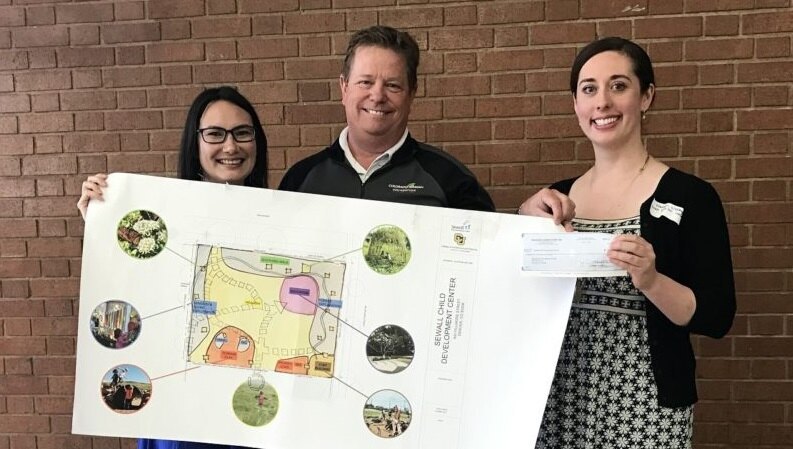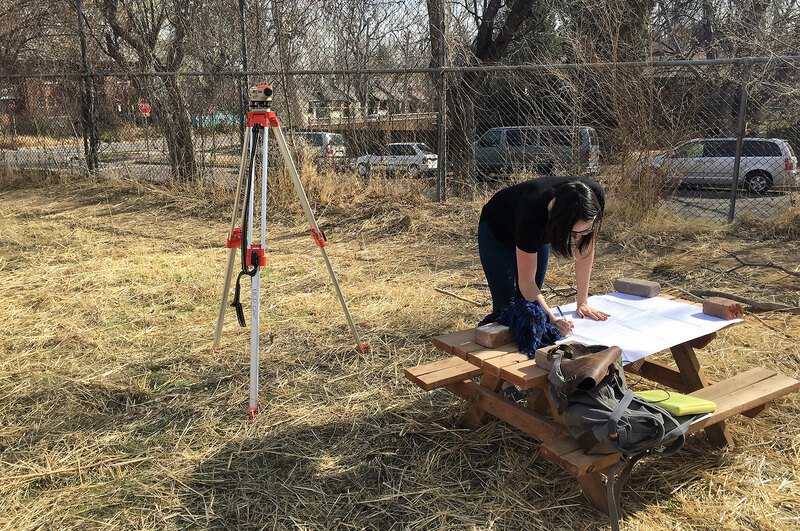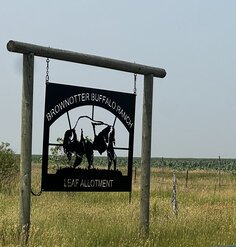Olmsted Scholar Feature: A Role for Design in Addressing the Impact of Early Childhood Trauma
By Catharine McCord, 2017 National Olmsted Scholar Finalist
In order to effectively support people who have experienced trauma, landscape architects must have a deep understanding of how the materials and spatial compositions they select will impact users. A designer’s ability to thoughtfully construct spaces that serve the specific needs of those seeking emotional and behavioral support will be strengthened by understanding the ways in which trauma alters the brain, the resiliency of the brain to heal through nature-based interventions, and design aspects that support this healing. To fully understand the potential that landscape architects have to positively support treatment services, a cross-disciplinary dialogue exploring the incredible possibilities of trauma-related brain science is critical to developing a shared understanding of how to account for the specificity of that information in our work.
Brain chemistry is modified as a result of experiencing trauma, altering the way the brain responds to stress and affecting learning, memory, and behavioral outcomes. This suggests the need to introduce healthy coping mechanisms as resources to manage stress and trauma. Emerging studies show that the brain can be repaired through a process called neuroplasticity. The brain has the ability to develop and form new neural pathways and connections throughout life, suggesting that new coping mechanisms can be learned.
Landscapes can serve to restore agency to the lives of those suffering by offering choices so users can control how and where their time is spent in a space. Being able to make one’s own choices gives back a sense of control that is diminished or absent in the lives of people suffering from stress and trauma-related disorders. Horticultural therapy uses plant-based activities as part of the treatment process. This therapeutic modality is perceived as less threatening as it works through building a rapport between the therapist and the clients. Studies have shown that when performing nurturing plant-based activities, motivation to participate is increased, as is intellectual, social, emotional, and physical functioning.
To put these ideas into practice — namely, the application of neuroplasticity to landscape architecture — I designed a sensory garden and co-wrote a grant with the Vice President of Development for Sewall Child Development Center, an inclusive early childhood program that serves children of all backgrounds and abilities, including those with special needs. We received $75,000 from the Colorado Garden Foundation to build the sensory garden on 1/3 acre of their site. Construction is scheduled to begin this month.

The sensory garden will be organized around natural materials designed to stimulate all five senses and encourage hands-on, multi-sensory, and social learning. It will provide a safe, non-threatening space that serves as an opportunity for sensory interaction and ongoing early education. Therapeutic horticulture techniques will be incorporated into Sewall’s transdisciplinary educational and intervention model. The garden will also be available to the surrounding community, functioning as a neighborhood space when the academic schedule allows so that the garden can become a true community asset.
The CEO of Sewall recently reported that 40% of the children they serve suffer from toxic stress. This results from living in poverty, living with abuse or neglect, witnessing domestic violence, and coping with other life circumstances. She says the best treatment is providing loving, stable environments. Staff, parents, and therapists at the center discuss the struggle these children have with processing sensory inputs.
The sensory garden is designed to accommodate the diverse ways that these issues can manifest in children. For this garden, sensory integration was broken down into three zones of arousal: sensory over responsive, sensory under responsive, and sensory seeking.
Sensory over responsive children are children who are overstimulated and require a calm and soothing environment. For those kids who are overstimulated and not ready to be outside or enter the space, there are calm moments at the entrance that allow them to survey the space and choose what to engage with. They can go near active zones and test their level of engagement with a safe place to retreat to. This allows for a self-determined break that doesn’t take them out and away from their peers but gives a sense of autonomy to choose when to engage. Soothing and quieter moments will be dispersed throughout the site to allow kids to move between these levels of arousal when they need to.
Sensory under responsive children are those who have a low perception of sensory stimuli and need help activating their senses. Enticing elements will be included to help the children engage with their environment such as interactive musical elements, activities featuring a cause-and-effect lesson, and sensory pathways that challenges their ability to navigate their space. Pathways will range from enabling to challenging, from safe and stable to elements that require active concentration to traverse. Some will be undulating to challenge proprioception, or the ability to orient oneself in space.
Sensory seeking children, those who have high energy and are seeking an outlet, require programming for high energy, full range of movement activities. Active terrain will be integrated for sensory seeking children, who will need to use their whole bodies to climb and navigate through tunnels. Fort building will provide a range of opportunities for developmental benefits including cooperation, compromise, negotiation, leadership, vulnerability, proprioception, and balance. These spaces are visible from the entrances and draw the seeking children into and through the site.
The idea is that once the children have a space where they can learn how to maintain their optimal zone of arousal, they will be able to learn self-soothing techniques, build healthy coping mechanisms, and be in a better frame of mind to engage socially and cooperatively.

The garden will be completed through community support with engagement from local landscape architecture and construction firms, horticultural therapists from Denver Botanic Gardens, the Congress Park Neighborhood Green Team, and the University of Colorado’s Urban Horticulture Club. These organizations will provide in-kind services, volunteer time, and plant materials divided from home gardens, making this a true community effort.
In May, Catharine McCord received a Master in Landscape Architecture from the University of Colorado, Denver. She recently presented her work at the 2017 Council for Educators in Landscape Architecture in Beijing, China.











